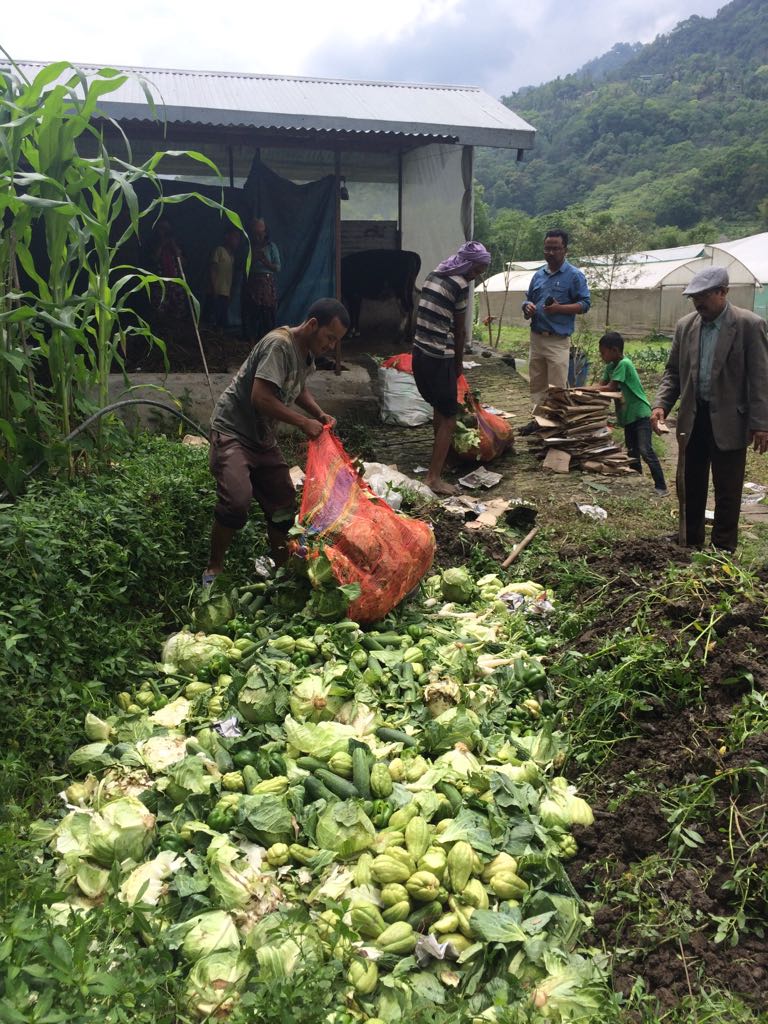

One of the strongest components of the plan was to couple the conversion strategy with the gradual phase-out of synthetic inputs. Starting in 2005, the government decided to stop receiving its chemical fertilizer quota from the Government of India and began to gradually reduce subsidies on chemical fertilizers and pesticides at a rate of 10 per cent every year to make them costlier and discourage their purchase. In this way, subsidies were phased-out by 2007-2008. Another measure was to start closing down all sale points and other outlets supplying farmers with synthetic inputs. The state government also started to restrict the import of synthetic inputs and, finally, in 2014 the Sikkim Agricultural, Horticultural Inputs and Livestock Feed Regulation Act was passed, which prohibits the import of any chemical inputs for agriculture and horticulture, and as such constitutes a total ban on the sale and use of chemical pesticides in the state.
During the period between 2010 and 2014, the government earmarked a budget of EUR 6.75 million to support the implementation of the Organic Mission. Recently, the Organic Mission has received also support from central Government schemes, such as the National Mission for Sustainable Agriculture (NMSA).
- The state government showed strong political will and policy consistency, along with well-defined targets and implementation plans, which can be adopted by other states.
- The state government’s strategy to phase out chemical fertilizers was implemented gradually, but firmly. It was a bold decision, backed up by substantial measures to build real sustainable alternatives.
Since the policy’s introduction, resolute efforts to halt use of chemicals in the fields and to convert all the national agricultural land to organic practices were implemented by the regional government and the people at large. Measures include the implementation of bio-villages, where farmers are trained in organic farming practices and the production of on-farm organic inputs, such as composting, organic fertilizers and organic pesticides, using with locally available plant materials and cow urine. Mandatory requirements were combined with support and incentives, and by providing sustainable alternatives, the implementation of Sikkim’s strategy became successful.